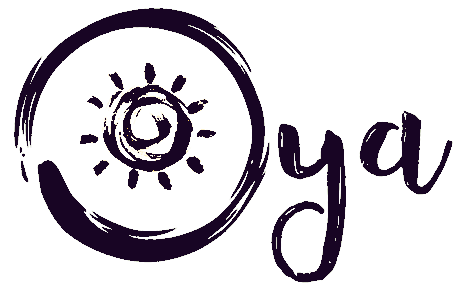Some people pour in art from an early age, while others only discover art later in life. Anyway, art is there for everyone. Even people who think they have little interest in art can suddenly be touched by a beautiful work of art. In this blog we tell you more about figurative and abstract art.
The different art forms are not for everyone. When you’re orientating on a beautiful piece of art it’s useful to know a bit more about the most important art forms. That’s why in this blog we will discuss the characteristics of both figurative and abstract art and give examples.
The differences between figurative and abstract art
Art is constantly in motion. Through the centuries, art, like the rest of the world, has changed a lot. This change is often captured in art movements. An art movement is characterized by the dominant view on what art should be and how it should be made.
In the past the periods in which an art movement was dominant sometimes lasted for a century, but since 1870 it became shorter and shorter. In fact, today several art movements exist at the same time! Examples of well-known and influential art movements are the Renaissance and Baroque.
Within these movements a distinction is often made between figurative and abstract art. We go deeper into these two art forms:
Figurative art
Figurative art can best be described as art in which something can be recognized. Something’ can be anything. Think of a person, landscape or building. The depicted thing is realistic and resembles something that really exists, therefore figurative art is often called realistic art.
Examples of figurative art:
landscapes
portraits
still lifes
Abstract art
The opposite of figurative art is abstract art. It is the art form that is not always well understood, because abstract art revolves around the thoughts and feelings of the artist. In contrast to figurative art, abstract art does not contain recognizable objects, persons or situations.
Sometimes it is also the intention that the work of art is not well understood. Artists then challenge the viewer to look at the work with his own feeling.
We have highlighted the differences between figurative and abstract art. Figurative art revolves around recognizable objects and persons, while abstract art offers more space to one’s own feelings and imagination.

